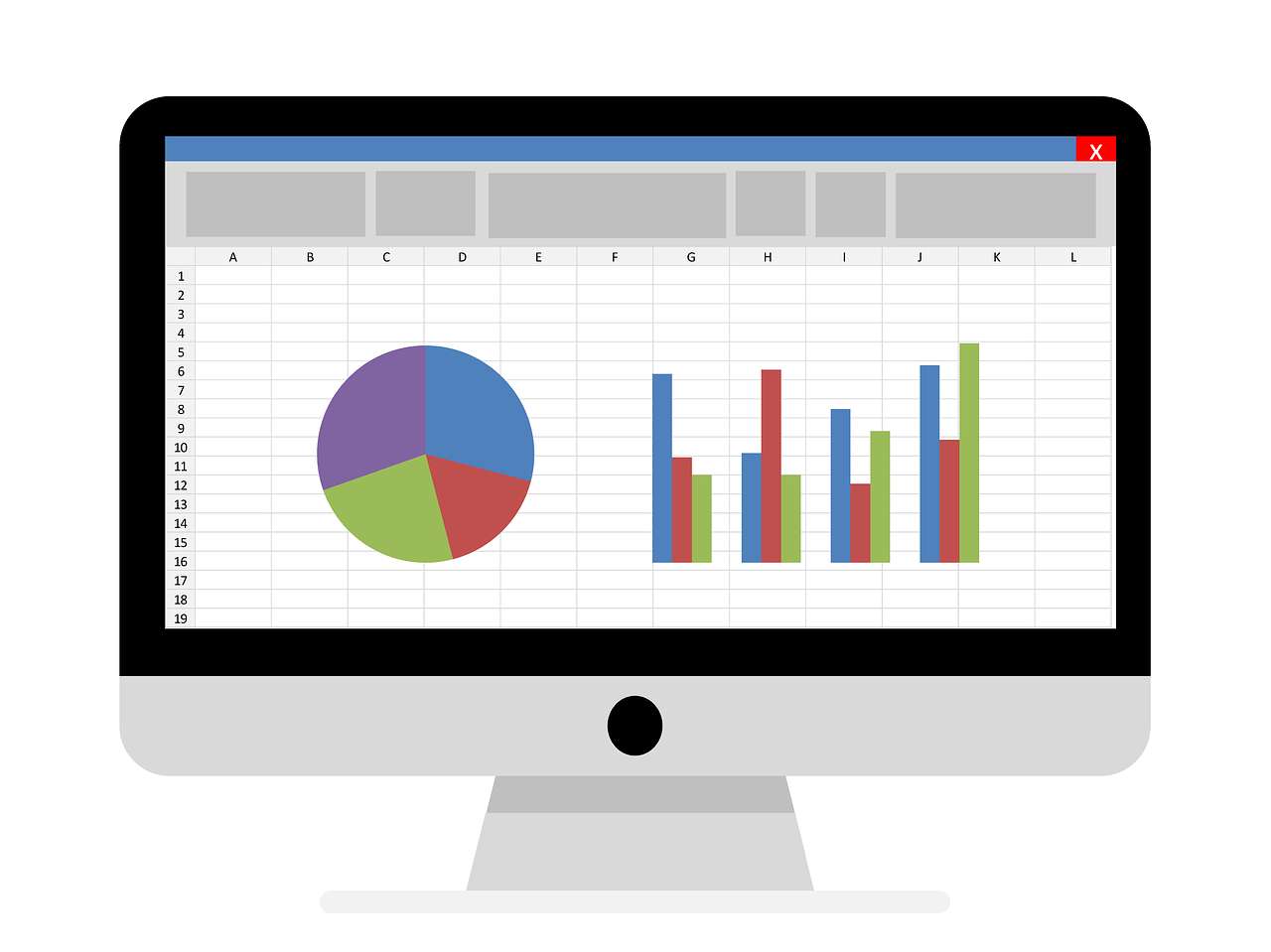Embark on a journey of knowledge! Take the quiz and earn valuable credits.
Take A QuizChallenge yourself and boost your learning! Start the quiz now to earn credits.
Take A QuizUnlock your potential! Begin the quiz, answer questions, and accumulate credits along the way.
Take A QuizChapters
Advanced Excel Functions: Tips and Tricks for Boosting Your Productivity

Overview
Are you tired of spending hours working on Excel spreadsheets, only to find yourself stuck on a problem or struggling to find a solution? If so, it's time to take your Excel skills to the next level with advanced Excel functions. In this tutorial, we'll walk you through some of the most powerful functions and formulas that Excel has to offer, and show you how to use them to streamline your work, save time, and increase your productivity. Whether you're a business professional, a student, or just someone who wants to get more out of Excel, this tutorial is for you. From VLOOKUP and IF statements to INDEX/MATCH and SUMIF, we'll cover everything you need to know to master advanced Excel functions and take your work to the next level. So if you're ready to supercharge your productivity and become an Excel power user, read on and discover the tips and tricks that will make you a spreadsheet ninja! Frequently Asked Questions What are advanced Excel functions? Advanced Excel functions are powerful formulas and techniques that allow you to perform complex calculations, manipulate data, and automate tasks in Excel. These functions go beyond the basic arithmetic operations of addition, subtraction, multiplication, and division, and can help you save time and increase your productivity. What are some examples of advanced Excel functions? Some examples of advanced Excel functions include VLOOKUP, IF statements, INDEX/MATCH, SUMIF, and many others. These functions allow you to perform complex calculations, manipulate data, and automate tasks in Excel. How can advanced Excel functions help me be more productive? Advanced Excel functions can help you be more productive by allowing you to automate repetitive tasks, perform complex calculations quickly and accurately, and manipulate data more efficiently. By learning these functions, you can save time and streamline your work in Excel. Do I need to be an Excel expert to learn advanced Excel functions? No, you don't need to be an Excel expert to learn advanced Excel functions. However, it's helpful to have a basic understanding of Excel formulas and functions before diving into advanced topics. This tutorial is designed for users with some basic Excel skills who want to take their knowledge to the next level.
Start TutorialTutorials are for educational purposes only, with no guarantees of comprehensiveness or error-free content; TuteeHUB disclaims liability for outcomes from reliance on the materials, recommending verification with official sources for critical applications.
Geeta parmar 10 months ago
Replying MyselfGeeta parmar 10 months ago
Geeta parmar 10 months ago
Jim 11 months ago
Thanks for this valuable assetsJaadav Payeng 11 months ago
hiidipika 1 year ago
good infoGhanshyam 1 year ago
NiceGhanshyam 1 year ago
THANKSSimilar Tutorials

Advanced Excel Charts Tutorial: How to Create Prof...
Learn how to create professional charts in Excel with our advanced Excel charts tutorial. We'll show...

Advanced Excel Functions: Tips and Tricks for Boos...
Are you tired of spending hours working on Excel spreadsheets, only to find yourself stuck on a prob...

Apache Flume Tutorial: An Introduction to Log Coll...
Apache Flume is a powerful tool for collecting, aggregating, and moving large amounts of log data fr...
Explore Other Libraries
Related Searches
Please allow ads on our site
Kindly log in to use this feature. We’ll take you to the login page automatically.
Login
Join Our Community Today
Ready to take your education and career to the next level? Register today and join our growing community of learners and professionals.

Your experience on this site will be improved by allowing cookies. Read Cookie Policy
Your experience on this site will be improved by allowing cookies. Read Cookie Policy


Comments(6)